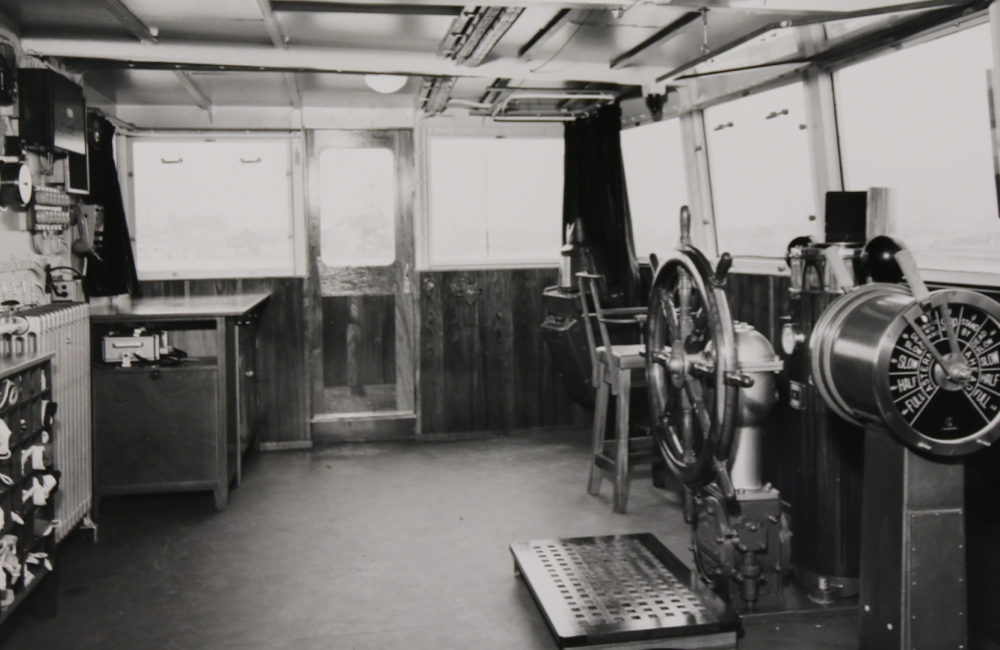COMMEMORATING 80 YEARS ON
Thursday 6 June 2024 marks the 80th anniversary of Operation Overlord, the codename given to the battle of Normandy, better known as D-Day. The largest amphibious invasion in modern warfare, many of the 160,000 allied troops from Britain, Canada, and the US passed through the port of Southampton on their way to the beaches of northern France.
The links to Southampton, the Isle of Wight, and surrounding south coast ports are well documented, but did you know that some of our former fleet also played a part in the D-Day landings?
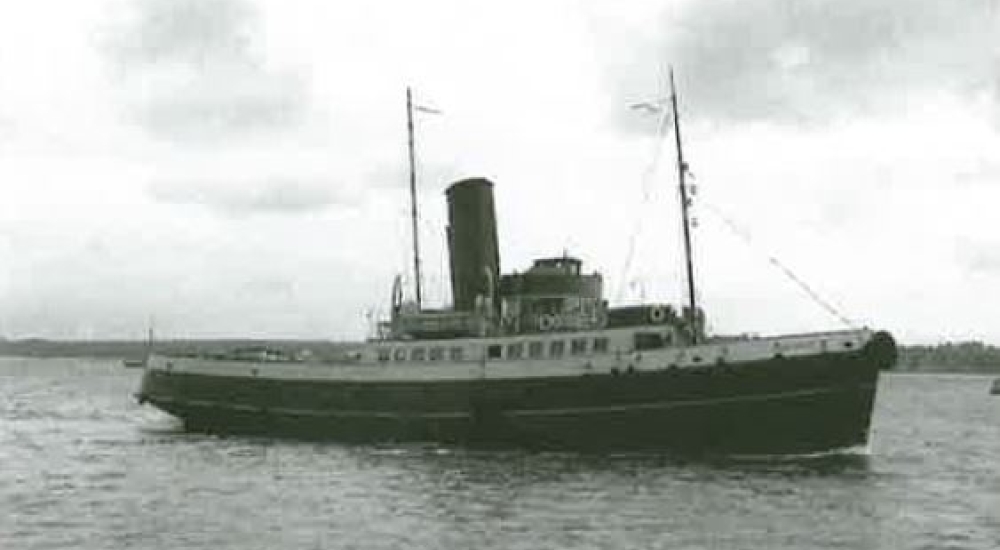
TSS T/T CALSHOT (I)
Twin screw steam tug-tender Calshot was launched for Red Funnel in 1930 and put into service tendering ocean liners on Southampton Water, such as RMS Queen Elizabeth, Queen Mary, and Mauretania. Requisitioned by the admiralty in 1940, she went on to act as the headquarter ship of the Juno beach landings, becoming one of the 436 vessels, 321 landing crafts, and 115 ships involved in the operation. She was released to Red Funnel after the war, and continued tendering until her eventual sale to an Irish firm in 1964, upon which she was renamed Galway Bay.
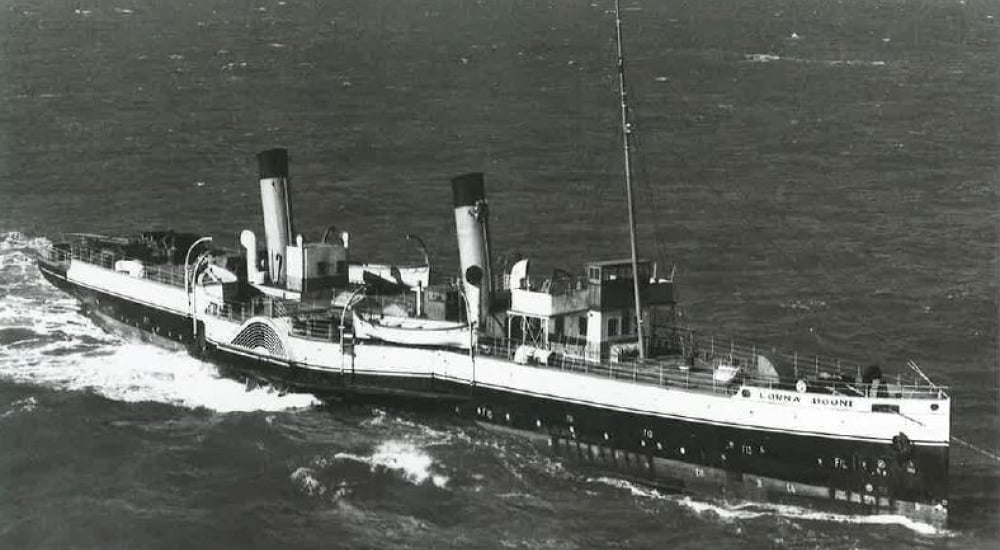
PS LORNA DOONE (II)
Having already served in WWI as HMS Atherstone, the Queen of Kent, as she was then known, was requisitioned again in 1944 and stationed at Peel Bank just off the Isle of Wight, as an accommodation and despatch control ship. After the D-Day landings she was deployed to Antwerp, Belgium, but had to return to the UK for repairs after sustaining a V2 rocket strike in early 1945. The paddle steamer became Red Funnel’s second Lorna Doone in 1949, offering excursions around the Bournemouth region until 1952.
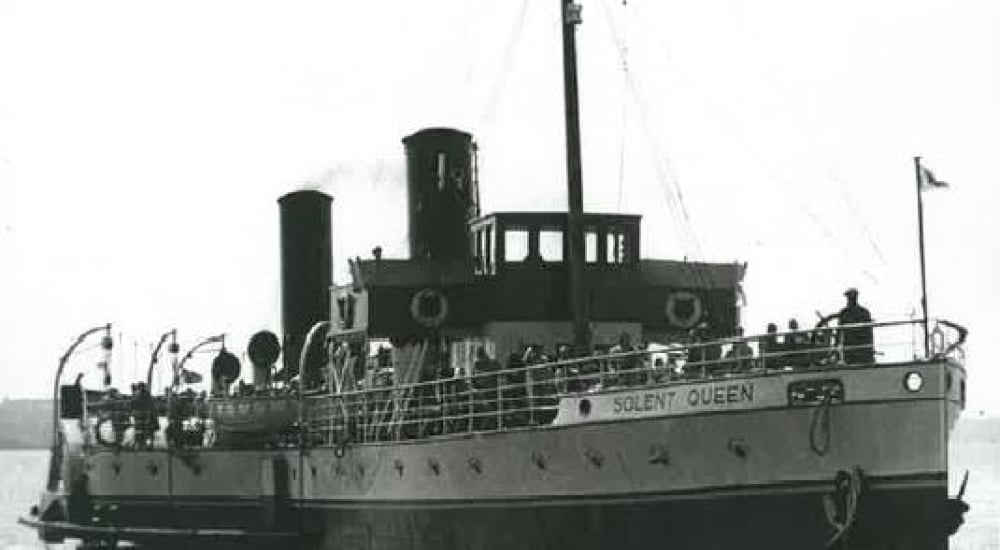
PS Solent Queen (II)
Built in 1917 as HMS Melton, and later renamed Queen of Thanet, she was requisitioned in 1939 to become a minesweeper, and successfully retrieved around 4,000 troops from Dunkirk in 1940. She later became HMS Selsey, serving as a control ship at the D-Day landings in Normandy. Following the war, she joined the Red Funnel fleet as PS Solent Queen II, offering day excursions from Southampton to Ryde, Southsea, Shanklin, Bournemouth, Swanage, or a ‘Round the Island’ loop of the Isle of Wight. She was eventually scrapped in 1951 following boiler issues.
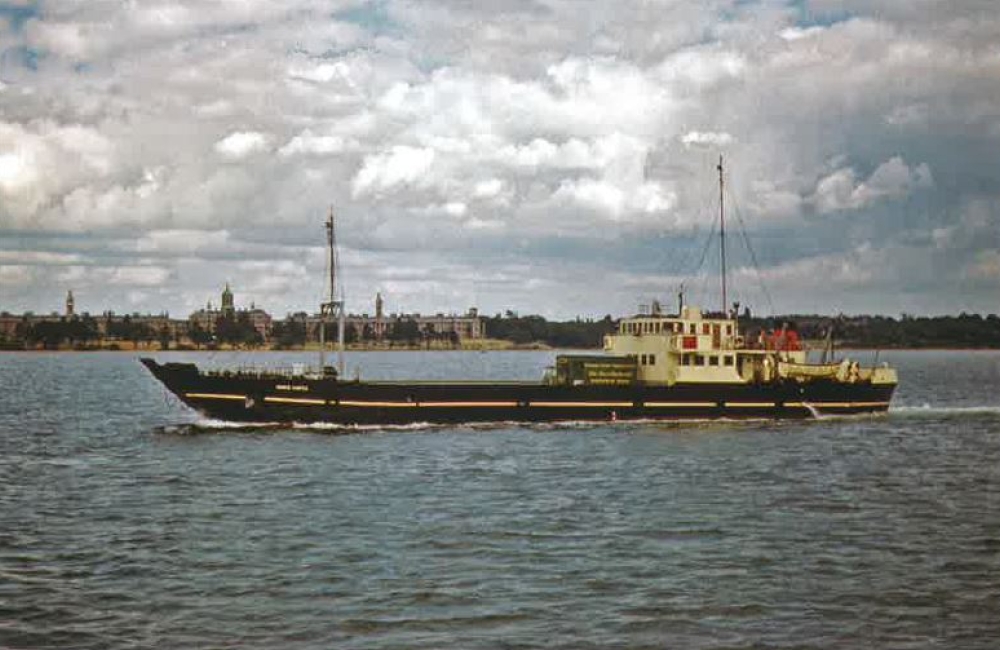
MV NORRIS CASTLE (II)
The vessel that would become Norris Castle (II) was originally launched as LCT 828, an MK 4 Landing Craft Tank – one of 865 built during World War II under instruction of Prime Minister Winston Churchill. Out of MK 1 – 6, the MK 4 was the most manufactured, and designed specifically to transport troops, food, and equipment across the English Channel. LCT 828 then joined our fleet in 1947 as Norris Castle, ready to undertake the car ferry route between Southampton and East Cowes until her last sailing for the company in 1962.
Sources: Red Funnel Archives & Red Funnel 150 by Keith Adams.


